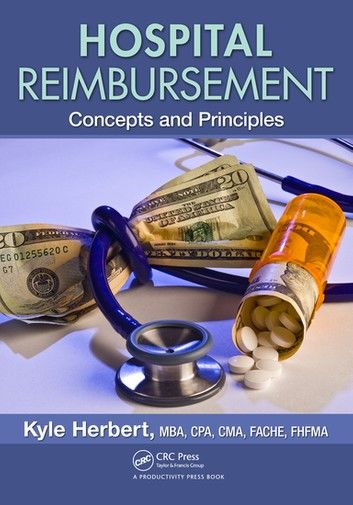| FindBook |
有 1 項符合
Hospital Reimbursement的圖書 |
 |
Hospital Reimbursement 作者:Kyle Herbert 出版社:Taylor & Francis 出版日期:2012-06-05 語言:英文 |
| 圖書館借閱 |
| 國家圖書館 | 全國圖書書目資訊網 | 國立公共資訊圖書館 | 電子書服務平台 | MetaCat 跨館整合查詢 |
| 臺北市立圖書館 | 新北市立圖書館 | 基隆市公共圖書館 | 桃園市立圖書館 | 新竹縣公共圖書館 |
| 苗栗縣立圖書館 | 臺中市立圖書館 | 彰化縣公共圖書館 | 南投縣文化局 | 雲林縣公共圖書館 |
| 嘉義縣圖書館 | 臺南市立圖書館 | 高雄市立圖書館 | 屏東縣公共圖書館 | 宜蘭縣公共圖書館 |
| 花蓮縣文化局 | 臺東縣文化處 |
|
|
Due to the countless variables that affect revenue and cost, the hospital reimbursement process is by far the most complex of any industry. Requiring only a basic financial background and a working knowledge of accounting, Hospital Reimbursement: Concepts and Principles supplies a clear understanding of the concepts and principles that drive the revenue cycle within a hospital setting.
The book explains the technical aspects of reimbursement in language that is easy to comprehend. It illustrates the complexities of the hospital revenue cycle and explains the Medicare and Medicaid financial models in detail. The text also addresses the Medicaid reimbursement methodology, the formulation of the Medicare blend rate, the computation of both DSH and IME, as well as other third-party payers. It also:
- Covers the full range of services and procedures for which a hospital can receive reimbursement
- Explains the difference between a for-profit and not-for-profit hospital
- Contains chapters devoted to Statements of Operations (Income Statement) and Statements of Financial Position (Balance Sheet)
- Examines governmental cost reporting—including Worksheets A, A-6, A-8, A-8-2, B-1, B Part 1, C Part 1, D-3, D-5, and E Part A
Supplying readers with a foundation in coding principles, the text also includes a model for calculating the financial impact of variations in patient length of stay. It discusses the DRG and APC reimbursement models and details the computation of an outlier payment. In addition, it walks the reader step-by-step through the creation of a mock Medicare cost report for a sample hospital.
|







